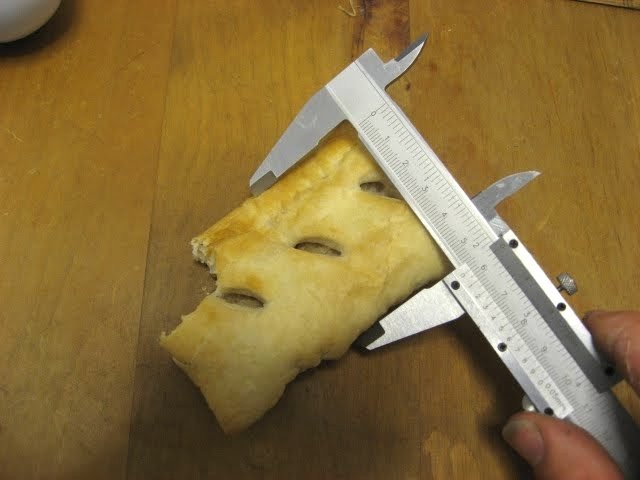I think people are missing the point that a sample rate only approximately twice the frequency rate (and getting close to 20K cycles is where that occurs) is low resolution. Think of a fax machine sampling a line 1/10th an inch thick with a scanner whose resolution is 1/20th of an inch. There would only be two samples (or dots) to represent the line. Is the line on the fax there, yes, but it's highly pixelated. And there have been experiments that show ultrasonic information in a recording does have an effect on fidelity. If you're not hearing the benefits of higher resolution digital, then either the equipment is not resolving enough to allow it, the software (or downsampling) is not up to snuff, or the listener may not be cued into the benefit's of higher res files. When I am color correcting video and I shift the hue slightly and toggle back and forth for a client, sometimes they can't see the color shift, while I can see it easily. Does that imply it's not there because some people can't see (or hear) it? No it doesn. But perhaps if I did that same color shift on my 15' DLP projection screen the person might be able to see it in that instance because the scale of the playback device makes things more easily discernible.
When I'm mixing audio I can usually easily hear a 1db increase, and 1 db is supposed to be the threshold of human hearing. There are several times I've only raised a clip .5 db.
I also hate to bring this up but my theory is that many in the pro audio world have compromised their hearing by exposure, so perhaps that is where some of the opinions about 44.1/16 audio quality come from, and possibly is the source of all the bad sounding recordings out there. ALso ABX testing configs go through added passive or active components which could easily mask the fine details of higher res files.
I should add that I am listening though monitors with edge of the art vapor deposited beryllium concentric drivers, (TAD) that act as point sources and so perhaps that is why small sonic differences are so easily discernible.



















